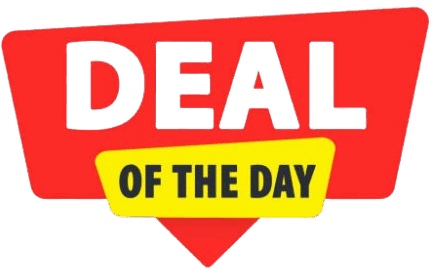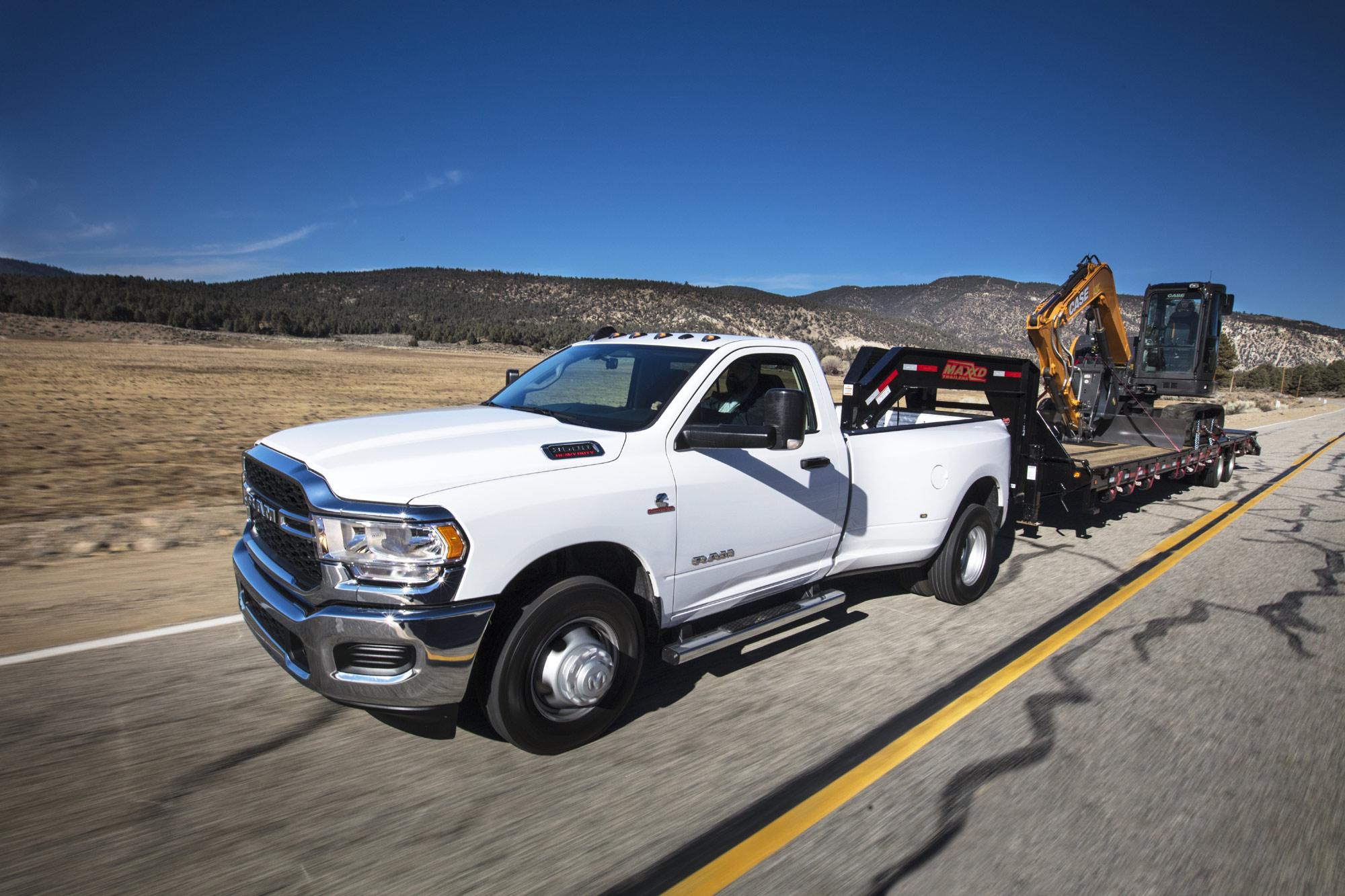A deep discount on an unsold Ram truck presents significant savings, but savvy buyers must understand how the reduced price affects both their sales tax burden and ongoing insurance costs.
I. Tax Implications: How Your Discount Affects Sales Tax
The primary financial benefit of a heavy discount relates to **Sales Tax** calculation, which can vary significantly depending on the nature of the price reduction.
1. Sales Tax Basis and Direct Discounts
- Reduced Taxable Basis: In most states, sales tax is calculated on the **actual transaction price** after a direct dealer discount or factory-to-dealer incentive is applied.
- The Rule: If you receive a large discount off the MSRP, you effectively save the percentage of the sales tax rate on that entire discounted amount. This is a crucial, often overlooked, financial advantage.
2. Discounts vs. Manufacturer Rebates (Crucial Distinction)
- Manufacturer’s Rebate: This is cash paid back to the consumer by the factory, or credited to the dealer on the consumer’s behalf.
Critical Note: In many jurisdictions, Manufacturer’s Rebates **DO NOT** reduce the taxable price. Tax may be calculated on the price *before* the rebate is applied.
- Dealer Discount/Incentive: Funds applied directly to the price by the dealer. This typically **DOES** reduce the taxable price.
- Buyer Action: Buyers must inquire whether the large price reduction is structured as a taxable rebate or a non-taxable dealer discount to accurately calculate their out-the-door cost.
3. Registration and Title Fees
Some states base registration and title fees partially on the vehicle’s selling price or value. Purchasing a Ram at a deeply reduced price may lead to marginal savings on these associated governmental fees, though the impact is generally less significant than the sales tax savings.
II. Insurance Implications: Premiums, Depreciation, and GAP
Insurance premiums (specifically Comprehensive and Collision coverage) are heavily influenced by the vehicle’s **replacement value** and its **depreciation rate**.
1. Effect on Annual Premiums
- Lower Insured Value: Because you are purchasing the truck at a price significantly below MSRP, the vehicle’s **Actual Cash Value (ACV)**—which the insurer uses to determine payouts—starts lower.
- Potential Premium Savings: This lower initial ACV *may* result in **marginally lower annual premiums** compared to a buyer who paid full MSRP for the same model, as the insurer’s liability for replacement is lower.
2. Mitigating Accelerated Depreciation and GAP Risk
- Absorbing Depreciation: Trucks, including Rams, often face rapid depreciation. By buying the Ram at a discount (e.g., 10-15% below the original price), the buyer has effectively **absorbed the vehicle’s immediate depreciation** that typically happens the moment it leaves the lot.
- Reduced GAP Need: **GAP (Guaranteed Asset Protection) Insurance** covers the difference between your loan balance and the ACV. Because your loan amount is closer to the vehicle’s ACV (since you bought it for less), the risk of being “upside down” (owing more than the truck is worth) is significantly lower. This may mean you can opt-out of, or pay less for, GAP insurance.
3. Due Diligence on Aged Inventory
- Historical Risk: Unsold trucks have sat on the lot longer. Buyers must confirm that the vehicle has not sustained **cosmetic or minor damage** during storage (e.g., hail, shipping) that required repair.
- Disclosure to Insurer: Failing to disclose such repaired damage could lead to issues during a future claim. Always use the VIN to check the vehicle’s history and inform your insurer to ensure your premium and coverage are accurate, avoiding potential disputes.
Summary of Financial Positioning
| Financial Factor | Buying Heavily Discounted Ram | Buying Ram at Full MSRP |
|---|---|---|
| Sales Tax Paid | Lower (Based on actual, discounted price) | Higher (Based on higher selling price) |
| Immediate Depreciation | Mostly absorbed by the discount. | Full, rapid depreciation occurs instantly. |
| GAP Insurance Need | Lower risk, potentially unnecessary. | Higher risk, often recommended. |

